This article was reprinted with permission from our friends CATI Armor. You can find the original here.
For this article we are going to tackle the question of splatter and comfort from different plate forming options.
Base Coat vs. Build-Up Coat
Base coat is the simple painting of a ballistic plate with our Rhino Linings Extreme to seal the steel from environmental concerns of rusting. This adds about 1/2 lb per 10×12 plate from it’s “in the raw” state. This provides zero splatter mitigation properties.
Build-Up Coat is a multi-step process of preparing the substrate of ballistic steel through deburring, shot blasting, etching, priming, and utilizing proper application techniques of Rhino Linings Extreme. The application of the Rhino Linings Extreme polyurea is finessed onto the plate in a way that builds the coating up to a touch more than a 1/4 inch. This adds about 1.8lbs of splatter mitigating coating to the strike face of the plate.
For years the argument of which is better for your “arena of combat” has not really been addressed by YouTube, in any sensible real world application. But rather, countless videos of what will happen to a BUCK NAKED ballistic plate that is shot by any assortment of ammunition in a somewhat controlled environment usually to the National Institute of Justice standards (NIJ). The NIJ standards consist of a particular velocity of a projectile fired at zero degrees of obliquity to the plate at 50 feet, with 6 rounds equally spaced from the previous impact.
This is how the YouTube mentality was born. While YouTube certainly provides entertainment value, viewers are basically watching a variety of NIJ style tests. Many if not most people searching for armor will or have come across these videos in their quest to make an informed decision. While you cannot argue with the results of a base coat plate vs. a build-up plate in those circumstances, the facts of the matter are, in a real world application these tests are not going to happen without angles being involved, varying distances, projectiles, and velocities. Besides, who is going to be wearing a BUCK NAKED plate anyhow?
To put it simply, if you get shot you are likely going to be shot again because whoever is shooting at you wants to kill you. At that point, thoughts about medical training, being in shape, training, and effectively wielding a skill set, will most likely occupy your mind, not the YouTube test.
So let’s go back to the coatings dilemma people are facing in their purchase decision. Let’s hope you are wearing your plates in a carrier and not anticipating having one taped to your chest facing a firing squad. Plate carriers made of high quality denier will provide splatter mitigating properties, but not as great as a carrier with a build-up plate inserted. So let’s say that the build-up coated plate is the best choice logically, but it’s physically challenging because between the front and rear plate you’re humping around almost 4 more pounds than a base coat set. Therefore, the ultimate question becomes: How long are you going to be wearing these plates?
Plate Curves Matter
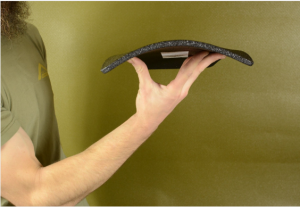 With extended armor wearing applications you can expect to be in your KIT for hours on end, being beaten down by the weight of your armor that you spent hours of researching and hard earned money to purchase for your safety. The main problem with steel armor is that it’s heavy and it’s not shaped to be comfortable. Unless you’re a tree, your single curve plate is going to fight you the whole time while wearing it. The plate carrier is designed to pull the plate to your chest, while the carrier’s cummerbund is trying to pull it toward your torso. Sorry, the plate is not going to bend. This battle creates a situation where you feel as if you’re being squished by a Boa constrictor. If you loosen your kit, it’s going to flop around. If you tighten it, you’re going to be constricted. I don’t know about you, but it’s hard to breathe when you’re being bear-hugged by your kit.
With extended armor wearing applications you can expect to be in your KIT for hours on end, being beaten down by the weight of your armor that you spent hours of researching and hard earned money to purchase for your safety. The main problem with steel armor is that it’s heavy and it’s not shaped to be comfortable. Unless you’re a tree, your single curve plate is going to fight you the whole time while wearing it. The plate carrier is designed to pull the plate to your chest, while the carrier’s cummerbund is trying to pull it toward your torso. Sorry, the plate is not going to bend. This battle creates a situation where you feel as if you’re being squished by a Boa constrictor. If you loosen your kit, it’s going to flop around. If you tighten it, you’re going to be constricted. I don’t know about you, but it’s hard to breathe when you’re being bear-hugged by your kit.Many questions and posts to our Facebook page have led us to pen this article, as we hope that this will better help people understand armor and comfort options as a deciding factor in real world applications. The ultimate test of your armor is in the real world, not by a YouTube Channel. We can appreciate the value that YouTube has brought to the market of ballistic research, but the bottom line of the situation is you need consider the real world applications versus what is seen on YouTube. Two great examples of quality YouTube channels for ballistic no-nonsense are “The Chopping Block” and “Buffman Range.”
Where real world design and comfort meet, the Combat Quad-Bend (CQB), made for the end user that shoots and moves, not a tree.
-CATI

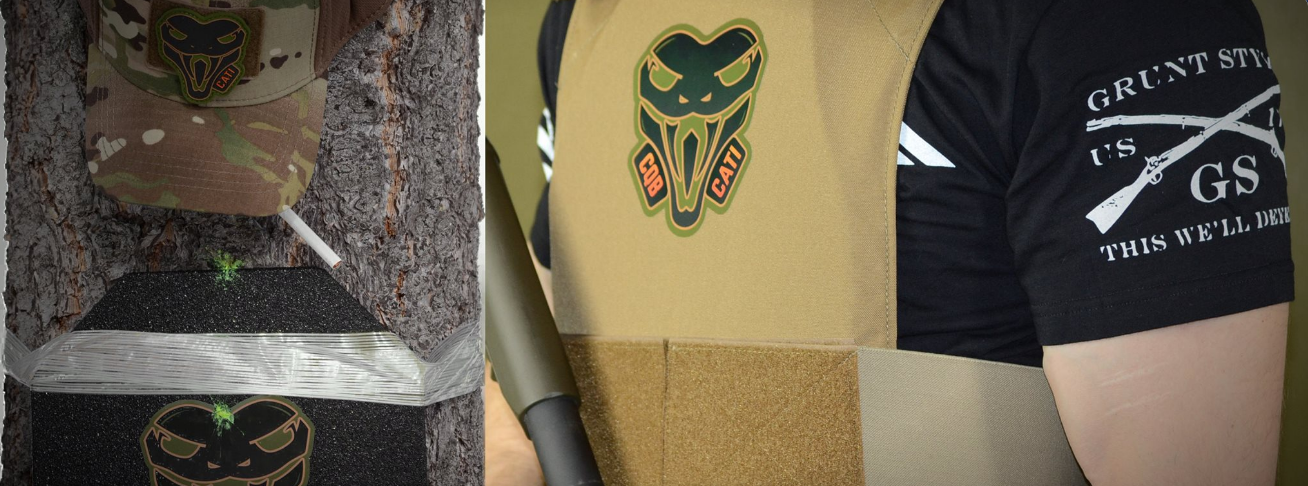


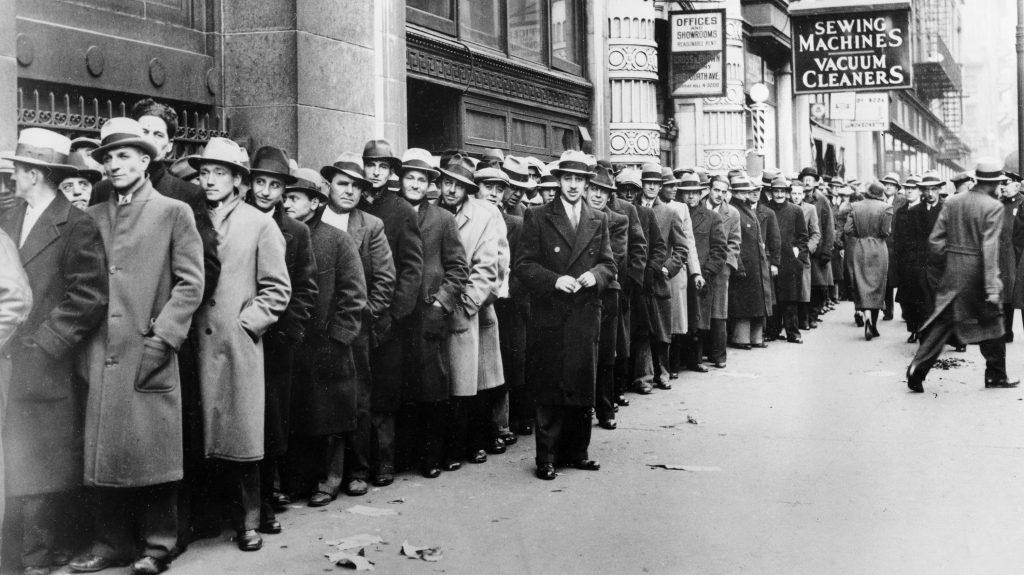
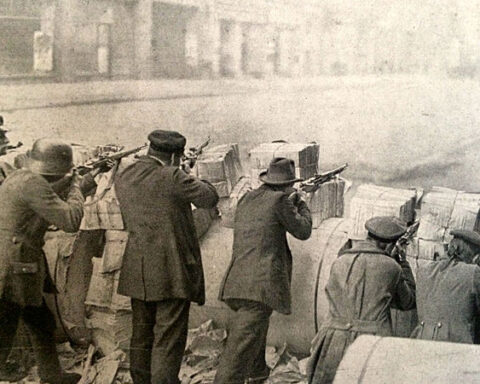
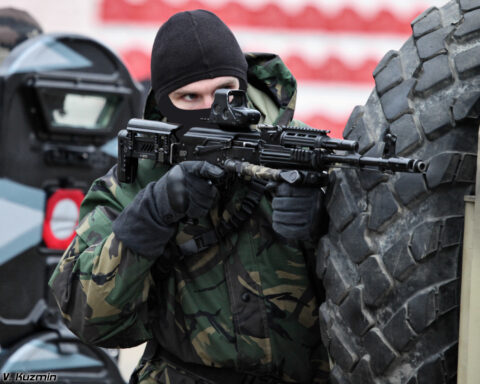


4.5
1
5
3.5